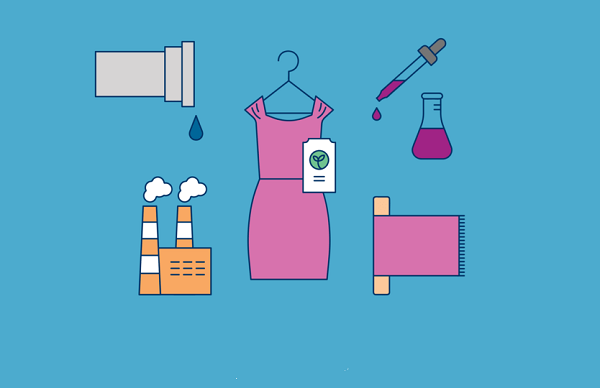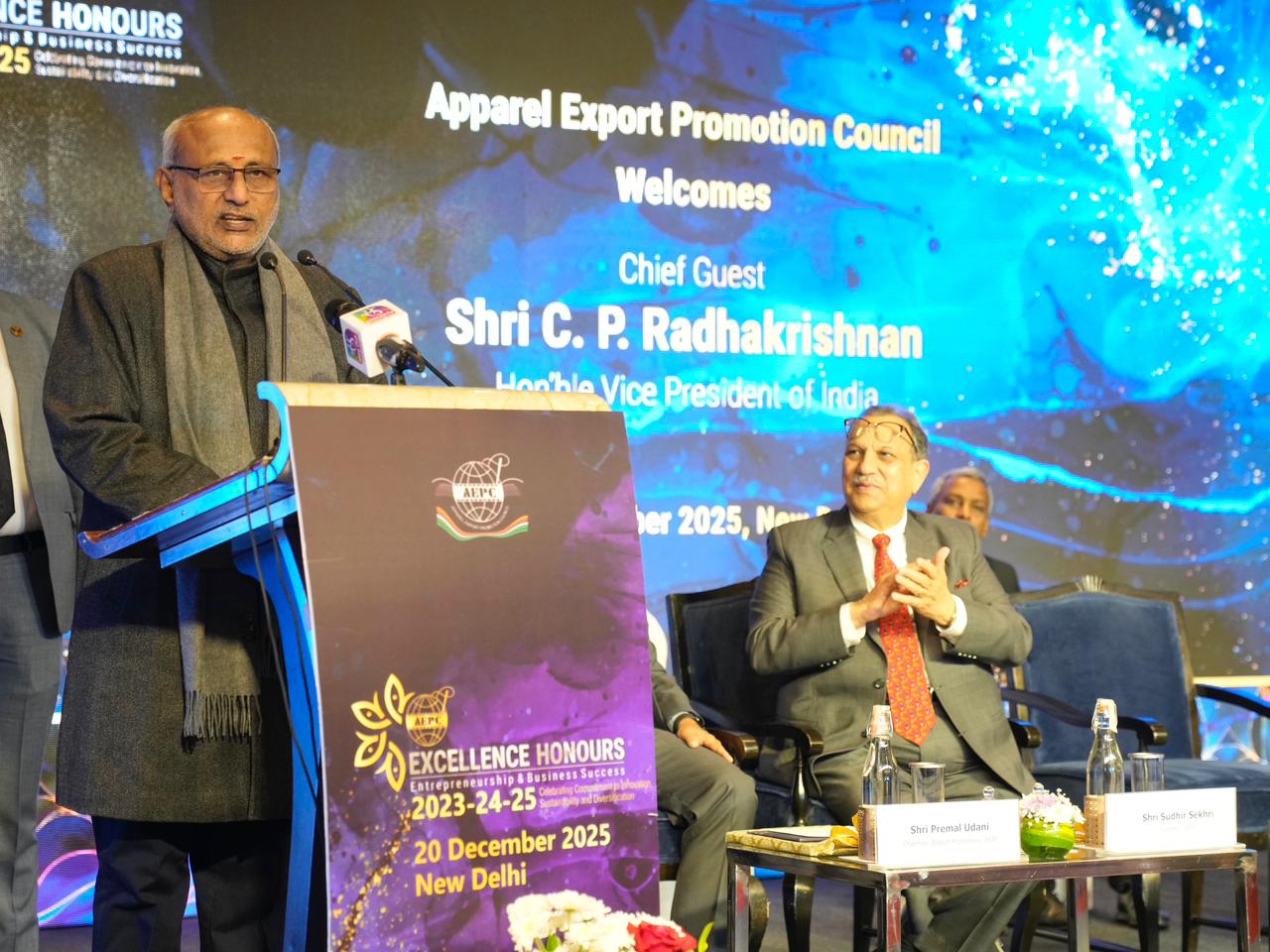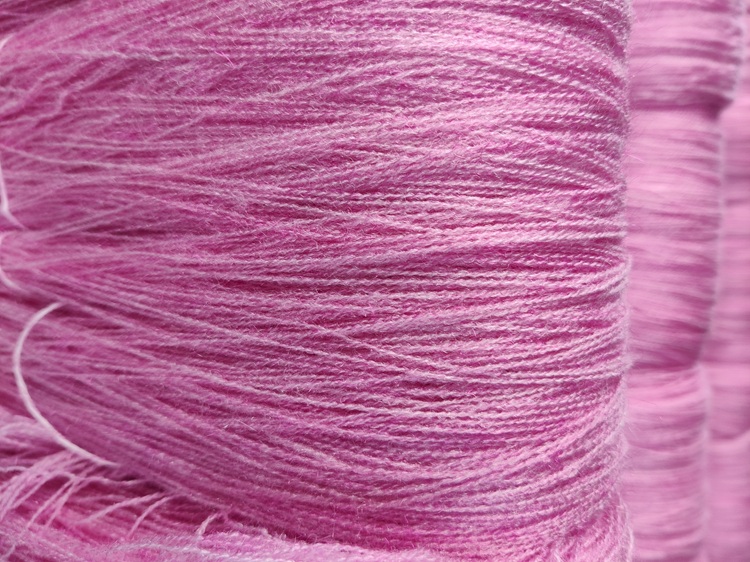
Accounting for upto 10 per cent of the world’s total, fashion industry emits more carbon dioxide than combined emissions of international flights and the shipping industry, as per the United Nations Environment Program. The industry also accounts for one fifth of the 300 million tons of plastic produced globally each year. Since 2000, its annual production of garments has doubled, as per the estimates from consulting firm McKinsey and the World Economic Forum. Cheaper replicas of garments are produced by high-end brands at a fraction of the cost. Most of these clothes are made with new and emerging fast fashion brands, says Minh-Ha T Pham, Associate Professor-Media Studies, Pratt Institute, New York.
The industry currently recycles only a 13 per cent of the garments it manufactures while 87 per cent are either incinerated or sent to a landfill. A Bloomsberg report shows, the United States throws away around 70 pairs of trousers and footwear per person each year
Annual polyester production to increase 47 per cent
Ending years of cotton dominance, Polyester has emerged as the main textile fiber of the 21st century. Currently valued at $106 billion, the global market for polyester yarn is projected to grow to $174.7 billion by 2032. The annual production of polyester is projected to increase by 47 per cent in the next 10 years to over 92 million tons. Data collected on 15,000 pieces of apparel sold by Chinese e-retailer Shein between November 1-15, 2021 shows, almost every piece of clothing on the platform is made from polyester. Similar results were seen from the data collected on 10,000 women’s clothing styles from Asos, Missguided, Boohoo and PrettyLittleThing for Bloomberg by UK-based The Royal Society of Arts. The data shows, around 85 per cent of 1,000 women’s new clothing styles launched on Shein every day are made from polyester while 95 per cent of styles are made with at least some plastics-based material, either from polyester, nylon, acrylic or elastane.
Hazards of synthetic materials
The environmental hazards of these synthetic materials in clothing are wide-ranging. Not only do these materials like polyester consume more energy but also shed tiny pieces of plastic with every wash and wear. Known as microplastic fibers, these tiny plastic particles pose greater dangers to human and animal life as they pollute the oceans, freshwater and land. Around 71 per cent of microplastics found in river water originate from fibers, estimates the S Geological Survey. Similarly, around 35 per cent of the microplastics found in oceans come from textiles, shows a study from England.
Shifting to sustainable options
Around 65 per cent of the 10,000 Gen Z and millennial consumers surveyed by the Swiss global investment group Credit Suisse expressed concerns about the environment and 85 per cent said, they plan to buy as many sustainable products as possible. Most of these consumers plan to opt for secondhand clothing to curb waste. In the first quarter of 2018, they bought about $177 million of clothing and accessories from Poshmark, an online marketplace. Their sales increased by 75 per cent to $309 per cent during the same period in 2020. v Incentivizing textile resuse
Companies like Ambercyle are working to develop scalable technologies to convert textile waste into new fibers. The Los Angeles-based six-year old start-up puts old garments through a series of processes to separate the fibers out at a molecular level, and recover them to make new yarn, informs Shay Sethi, Co-founder and CEO. This helps the company incentivize reuse and prevent millions of tons of clothes from being thrown away in the landfills, he adds.












